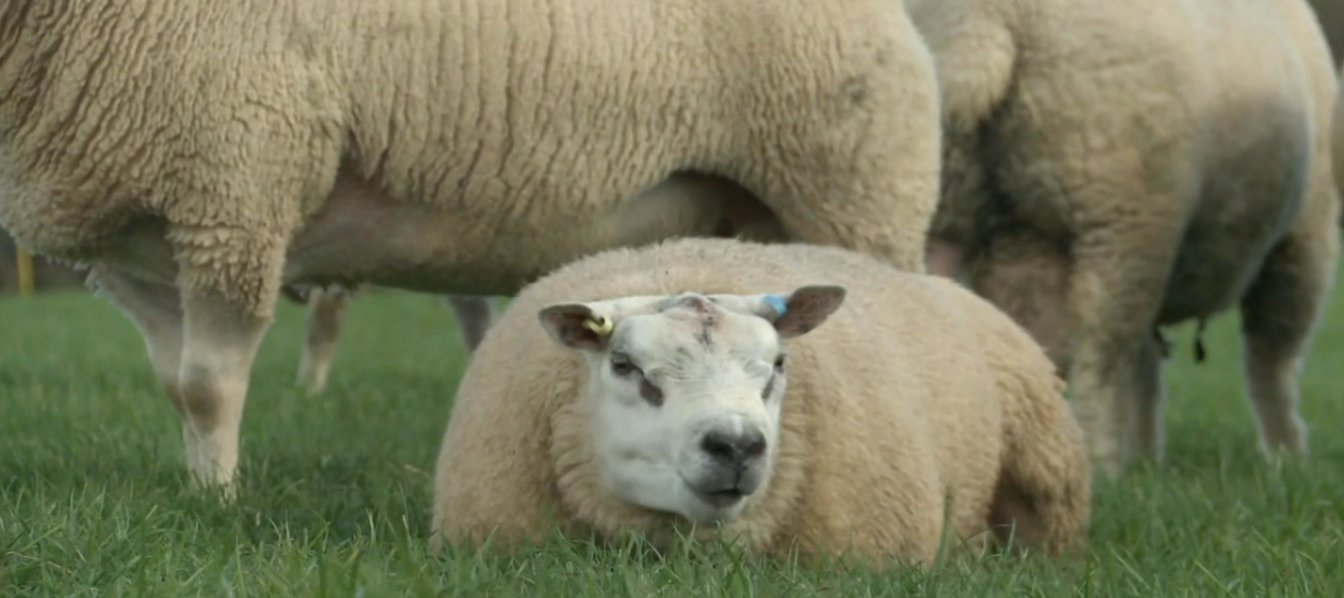
Now is a good time to plan parasite control for parasitic gastroenteritis (PGE) and nematodirosis in sheep, and to consider putting gutworm and lungworm control measures in place for cattle according to the latest NADIS Parasite Forecast, sponsored by Merial Animal Health.
Sioned Timothy, Veterinary Adviser for Merial Animal Health says: “Sheep farmers should work with their farmers and animal health advisors to get a better understanding of the dynamics of the parasite challenge on their farm, assessing resistance status and appraising farm level risk–factors.
“Control measures must be formulated on an individual farm-by-farm basis and based on good grazing practices with optimal use of safe grazing. The major aim of parasite control around lambing is to minimise the contamination of pastures by eggs passed from the adult parasites in the gut of ewes and minimise reliance on chemical control later in the season.
“When deposited on pasture these eggs hatch and develop into infective larvae which will infect growing lambs.”
Well-fed ewes are much more resilient to worms and shed fewer eggs. It is recommended that safer grazing is prioritised for thin and young ewes with twin lambs, while those with singles graze contaminated pastures. ‘Safe grazing’ for lambs at turn-out is defined as that which was not grazed by sheep last year, re-seeded pastures or those used for forage crops.
Sioned says: “For sheep on safe grazing it is recommended that a short-acting anthelmintic such as Oramec® (ivermectin) is administered before turn-out. In order to avoid selection for resistance, producers should target treatment so that not all ewes are treated and, therefore, some anthelmintic-susceptible parasites are carried over to the safe grazing.
“If turning ewes out onto contaminated pasture is unavoidable, treatment with a persistent anthelmintic, such as moxidectin, to prevent immediate re-infection of ewes, may be beneficial.”
Nematodirus has not been a major problem for two years, but this parasite caused major production losses in young lambs in late spring and early summer of 2013 and must be considered in parasite control strategies. Infection can easily be prevented by simple pasture management – avoiding turning lambs out onto pasture grazed by young lambs during the previous year.
Only lambs on contaminated grazing are at risk of nematodirosis so farmers should keep an eye out for the April and May Parasite Forecasts, and regularly check the SCOPS website to determine the risk in their area.
Later in the spring and early summer the larvae from a number of other parasites become active on the pasture and coccidiosis also becomes a threat; the disease caused by these pathogens may cause similar clinical signs to nematodirosis. Farmers should consult their vet to ensure the correct diagnosis and appropriate treatment.
Now is a good time for cattle farmers to plan their lungworm strategy with their vets. Sioned says: “Although lungworm generally doesn’t affect cattle until July, if you decide to vaccinate your youngstock, this requires two doses four weeks apart, with the second dose at least two weeks before turn-out.
“There are several anthelmintic control strategies which can be used, including strategic and timed wormer treatments. Control strategies using wormer products such as Ivomec® (ivermectin) will also aid the control of gut parasites such as Ostertagia. These control strategies rely on cattle being set stocked, and not moved onto contaminated pasture later in the grazing season.
“Farmers are increasingly adopting a targeted approach to gutworm control in youngstock, using weight assessment as an indicator of a possible parasite burden and the need to treat. I would recommend seeking advice from your vet or local animal health advisor to determine the optimal strategy for your farm.”
